 Humans
Humans  Humans
Humans  Movies and TV
Movies and TV 10 Holiday Movies Released at Odd Times of the Year
 Politics
Politics 10 Countries Where Religion and Politics Are Inseparable
 Weird Stuff
Weird Stuff 10 Freaky Times When Famous Body Parts Were Stolen
 Miscellaneous
Miscellaneous 10 Interesting Things Manufacturers Stopped Making and Why
 Gaming
Gaming 10 Funny Tutorials in Games
 History
History 10 Fascinating Little-Known Events in Mexican History
 Facts
Facts 10 Things You May Not Know about the Statue of Liberty
 Movies and TV
Movies and TV 10 Movie Adaptions That Brought Popular Songs to Life
 Health
Health 10 Miraculous Advances Toward Curing Incurable Diseases
 Humans
Humans 10 One-of-a-kind People the World Said Goodbye to in July 2024
 Movies and TV
Movies and TV 10 Holiday Movies Released at Odd Times of the Year
 Politics
Politics 10 Countries Where Religion and Politics Are Inseparable
Who's Behind Listverse?

Jamie Frater
Head Editor
Jamie founded Listverse due to an insatiable desire to share fascinating, obscure, and bizarre facts. He has been a guest speaker on numerous national radio and television stations and is a five time published author.
More About Us Weird Stuff
Weird Stuff 10 Freaky Times When Famous Body Parts Were Stolen
 Miscellaneous
Miscellaneous 10 Interesting Things Manufacturers Stopped Making and Why
 Gaming
Gaming 10 Funny Tutorials in Games
 History
History 10 Fascinating Little-Known Events in Mexican History
 Facts
Facts 10 Things You May Not Know about the Statue of Liberty
 Movies and TV
Movies and TV 10 Movie Adaptions That Brought Popular Songs to Life
 Health
Health 10 Miraculous Advances Toward Curing Incurable Diseases
10 Things You Didn’t Know About Organ Transplantation
Many people around the world are currently on waiting lists. They are hoping for a new kidney, liver, or even heart in the hopes of extending their life for at least a few more years. Unfortunately, the vast majority of these people will never receive a transplant. The number of donors in the world is still relatively tiny compared to the number of people who need donor organs, and this is unlikely to change much any time soon. In these cases, it usually is—or eventually becomes—a life or death situation. This means many people will do whatever it takes to get their loved one the necessary organ to survive, and scientists are working hard to solve the problem once and for all.
10Extra Kidneys
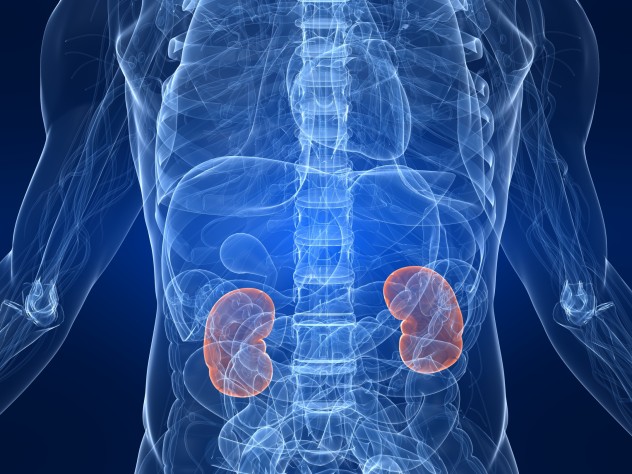
When most organs are transplanted, the old non-functioning ones are usually removed. However, in the case of kidneys, they are often left in the body. This means someone whose kidneys have failed (and has received a donor organ) will have their new kidney plus both of the old ones that no longer work properly. The reason for this is the location of the kidney. It is located in a rather inconvenient spot in your lower back, so the doctors performing the operation just leave them in unless there is a really important reason to remove them (such as the non-functioning kidney being infected).
The new kidney is not placed near the old ones, but is instead placed in a more convenient part of the body near the pelvis called the iliac fossa. This is between the hip bone and the pelvis and located close to the hip, much lower than the kidneys usually are.
However, while an organ transplant patient can end up with two non-functioning kidneys and one working one, some people can start with extra kidneys from birth. While the cases are rare—about one in a million—sometimes people are actually born with multiple developed kidneys. This happens when the kidneys split as they are developing during the early stages of pregnancy. While having extra kidneys is not unheard of, being born with extras that actually function is very rare. Some people with extra functioning kidneys have even claimed their extra organ helped them process more alcohol so they could drink more than their friends.
9A Match Doesn’t Guarantee Acceptance
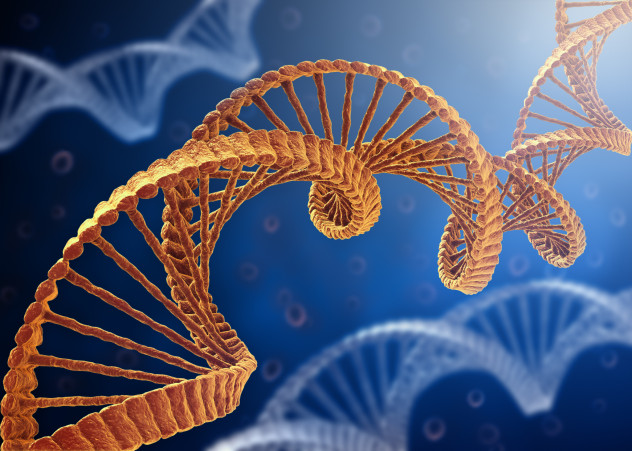
If you’ve ever seen organ transplantation on a TV show or movie, the plot line usually involves finding the donor that matches just right, and after that the person is fine and it’s all a fairy tale ending. Unfortunately, as with many things, entertainment media tend to take a lot of creative license when it comes to reality.
Finding as close a match as possible is certainly important. Back before we knew that we needed to find close matches, rejection was more common and transplant patients didn’t survive long. But it simply isn’t enough to make your body accept the organ. Your body sees any organ that is not your own as an invader, and your immune system starts attacking your new life-saving organ in a vain attempt to protect itself.
Finding a close match will make fighting rejection much easier, but it’s no guarantee, and even family isn’t a close enough match that you won’t need to suppress your immune system to stay alive. Your luck at finding an exact match is very low unless you have a twin sibling lying around. However, it gets even more complicated.
While matching antigens against possible donors can help doctors figure out what organs will be the best match, sometimes organs that should have been accepted by the body were not and, other times, people who were not proper matches managed to keep their body from rejecting the organ in question. Because of this, doctors believe there could be other antigens or mechanisms involved in rejection that we haven’t yet discovered.
8Diabetes Mellitus
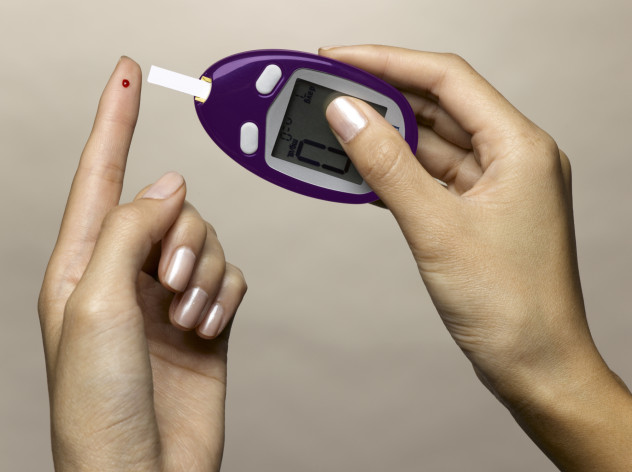
As we mentioned, getting an exact match doesn’t mean your body won’t try to reject the organ. In fact, once you have had an organ transplant, you have to take immunosuppressant drugs for the rest of the time you have the transplanted organ in you to avoid rejection. The worry is that if the match is not close enough, your body may still choose to ultimately reject the organ even with the immunosuppressants. This can be catastrophic for the person who relies on the new body part. As we mentioned earlier, the reason your body tries to reject the organ is that it sees it as a foreign invader. The better the match the less your body will tend to resist.
In order to keep your body’s immune system from rejecting the organ, transplant patients are put on drugs that suppress their immune system responses. While these drugs do keep the person alive, they also come with considerable risk. Having your immune system suppressed can make a cold, flu, or really much of anything, much more life-threatening. To make matters worse, many of the drugs that are taken for suppression of the immune system actually cause diabetes mellitus in many transplant patients. If the patients could stop taking the drug, theoretically, the diabetes would probably go away, but the vast majority of patients will have to keep taking the immunosuppresants.
7The Red Market
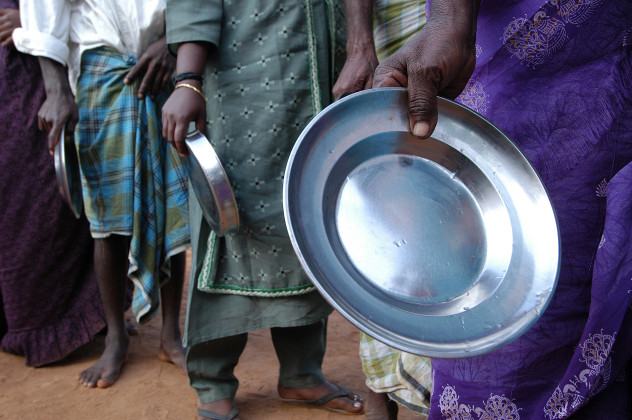
A journalist named Scott Carney has been studying the underground selling of human bones, organs, and other matter—something which he has termed “the red market.” While he can’t get an exact figure due to the fact that the operations are all illegal, he estimates that the trade in human body parts is easily a billion-dollar business. In fact, he believes that with his good health his entire body—if totally dismembered and used in every conceivable way—could be worth as much as a quarter of a million dollars.
There are some misconceptions about how the red market works, though. Some people think of it as foreigners tricking tourists who wake up in a bathtub the next morning feeling like they drank too much and with a fresh surgical scar to mark the removal of their precious organ. However, most of the time it is a voluntary cash transaction.
For example, shortly after a 2004 tsunami that left many Indians displaced, Carney heard of a camp that was known as Kidneyville. Organ traffickers saw the desperation of all the people living in terrible conditions and saw a perfect chance for exploitation. They had no need to take kidneys by force. All they had to do was offer sums of money that would seem small to many people and then sell the organ for a huge profit elsewhere. Before long, people were lining up to sell their kidneys earning the camp its nickname.
6Religious Concerns

Organ transplants have not been around for a terribly long time, so for many religious people, the rules for how to ethically deal with this new medical procedure are not very cut and dried. In the Islamic faith, most spiritual leaders have come out in favor of organ transplantation but it has only done so much good. Many individuals are still wary due to religious laws on how to treat corpses and perform burial rites. This has led to a situation where the overwhelming majority of organ transplants in countries like Iran are taken from living donors so as not to offend religious sensibilities. Christians and Catholics are for the most part okay with the practice, but not all religions agree.
The Jewish faith takes an interesting stance on the issue. While not everything is cut and dried, and it varies from person to person to some extent, one of the major qualms comes from heart transplants. For the heart transplant to work, the organ has to still be beating in the donor when it comes time to perform the operation. Some Jewish people believe that true death does not occur simply with the death of the brain but once the heart has stopped beating as well. For people with this belief, it is hard to accept the process as ethical.
5New Field

Organ transplantation is a field that has been growing very quickly but still seems to be in the early stages of its life. This is because the first successful organ transplant was performed as recently as the early 1950s. The first organ transplant was a kidney, and it was done as a last resort. In the beginning, the patient seemed to be doing well but ended up dying not long after. This continued to be a problem with all of the early organ transplants until the doctors caught on to why the new organs were not working properly.
A surgeon named Peter Medawar had served in the war and taken note of people whose bodies had rejected skin grafts—another form of transplantation—and realized that it was caused by the patient’s immune system. Around the same time, a man needed a new kidney and his identical twin happily donated one of his. While the medical community didn’t have immunosuppressant drugs available at the time, the twin did quite well with such a well-matched organ. This, along with the work of Medawar, quickly made clear why organs were not being accepted—Medawar went on to win a Nobel Prize for his efforts.
4Life Expectancy

In the movies, the person gets their new organ and all is well, but no one mentions that their chances of surviving for very long aren’t statistically all that great. Many people with transplants are lucky to live for a decade or so afterward at best.
Scientists believe it all ties into the problem of organ rejection. Even if the match is almost perfect, your body will still be struggling to accept it for the rest of your life or you wouldn’t need to keep taking the drugs. This means that your body is constantly fighting against the organ and eventually it succeeds. However, with new and improved immunosuppressants and the best of today’s medical technology, transplant patients are living longer than ever.
Doctors have to keep a close eye on transplanted patients so we can get a good idea of how they are doing and track their health. Those who have had kidney transplants tend to be doing fairly well after five years as do those who have had liver transplants. However, when it comes to kidney transplants in particular, those who had a close matching donor and had the organ transplanted from a living individual have better chances of survival.
It’s still difficult for the average heart transplant patient to live for much longer, but the numbers are improving all the time. It’s hard to say for certain how much life expectancy will increase in transplant patients over the years, but the signs are good. Perhaps one day those with transplant patients will live on average about as long as anyone else.
3Waiting List Abuses

A waiting list for a new organ is sometimes a matter of life and death. There are lots of people waiting, and only the sickest are usually going to get organs. For many people, this can make them quite desperate and they will go to any length to get the organ they need for themselves or their loved ones as soon as humanly possible. And, while there are many good doctors and nurses who would never violate ethical principles for any reason, you can always find some bad eggs in any profession.
In Germany, a major scandal broke out in 2013 after it was discovered that many donation centers, and the doctors involved, were flat out lying about how sick patients were to move them further up the list. The investigation quickly uncovered well over 100 cases of what they called “obvious manipulation” and many other more subtle ethical violations.
In some cases, investigators found that blood had been deliberately contaminated with urine in order to falsify medical conditions. Some involved in the matter believe that there is a good chance a lot of money changed hands under the table for all of this to happen. Germany, like the rest of the world, already had an organ donor shortage problem, and unfortunately, the scandal caused a huge drop in organ donors in the country.
2Paired Exchange

When dealing with transplants, doctors often have to go through a crazy sort of juggling game to get the right organs in the right people. This can turn into a complicated magic act when you have someone who wants to donate a kidney to a friend or relative, but they are not much of a match. When this happens, the hospital will try to locate other people who are in the same predicament, and try to find a match between the two pairs of people.
This allows the kidney from one donor to go to the person they don’t know who was a match for their organ and vice versa, ensuring that both parties end up with functioning kidneys. These paired exchanges can involve more than just two pairs of people and can quickly make an already complicated process even more difficult to sort out.
Sometimes, the operations do not take place simultaneously which can cause strife and distrust between the patients involved in the process. However, for the most part, the paired exchange system is a helpful and totally voluntary way to help match appropriate donors and perform as many life-saving transplants as possible. While some people may be eager to take a gander at the person who gifted them with a new organ, paired exchange only allows for meeting after the entire operation has been completed. And, if the other parties do not wish to meet you, they are not in any way obligated to reveal who they are or interact with you in any way whatsoever.
13-D Printing Could Revolutionize Organ Transplantation
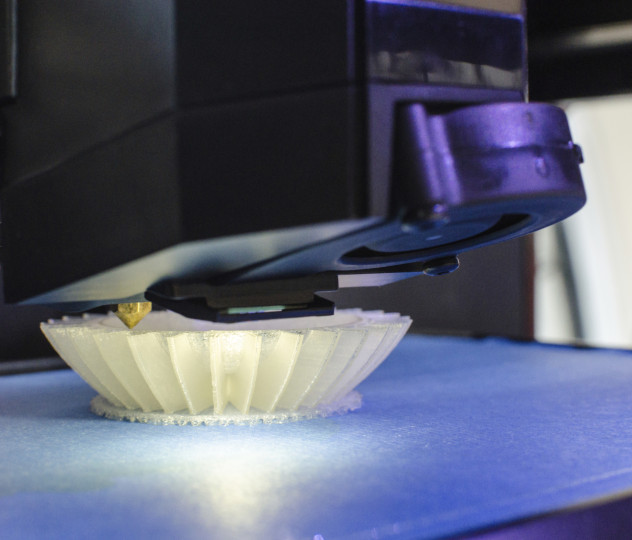
The recent emergence of 3-D printers promises to change the way we fabricate materials. With an advanced 3-D printer, people will someday be able to make almost anything at home with the proper raw materials. It should be no surprise that doctors have been looking at this cutting-edge technology and experimenting with how they can use it as a tool to advance the practice of medicine.
Their ultimate hope is that they will be able to use a 3-D printer to create fully functioning human organs. When the day comes that the process is truly refined, immunosuppressant drugs will finally be unnecessary because the patient’s own cells would be used in the making of the organ. This would ensure acceptance, and the ability to fabricate organs would mean we would never have a shortage again.
In recent work done jointly by Sydney University and Harvard University, researchers managed to make their way over a significant barrier. The problem was that they couldn’t figure out how to make blood vessels form properly, which would quickly sink a printed organ’s chances at survival. They used a 3-D printer to create tiny capillaries which then led to the formation of blood vessels they were hoping for. Dr. Luiz Bertassoni, the man in charge of the project, cautions people not to jump to the conclusion that we can already start printing fully functioning 3-D organs. While he hopes that we will achieve the technology sooner, he believes it will still be a couple of decades before we advance that far.








